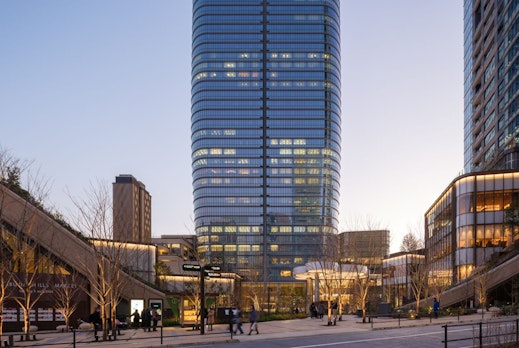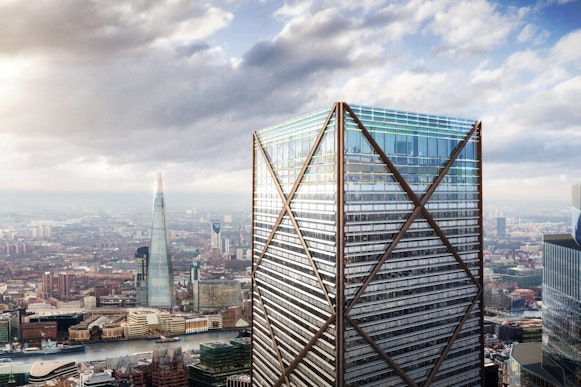Reach for the sky: trend for supertalls shows no sign of shrinking
In recent months, the number of tall office and mixed-use building projects has rocketed skywards. But despite their popularity, skyscrapers also have their critics
In recent months it has been hard to ignore the trend towards taller-than-ever office towers. Since the start of 2024, Dolce and Gabbana has announced a new super-tall skyscraper in Miami, more skyscrapers are set for the Hudson Yards development in New York, Pelli Clarke and Partners has finished Tokyo’s tallest skyscraper, and the Legends tower in Oklahoma has secured its final funding to become America’s second tallest building.

Image: Azabudai Hills development, Tokyo, courtesy of Pelli Clarke & Partners.
The trend towards supertalls shows no signs of shrinking, but it comes at a complicated time for commercial space and architecture. With central business districts everywhere struggling to recover from the pandemic and efforts to increase sustainability and flexibility also dominating new office development, it can be hard to see why the supertalls are thriving.
Trading prestige views
The all-glass façades of skyscrapers reflect a particular corporate identity, one which we are increasingly moving away from in the era of hybrid working as people trade prestige office views for quality of experience. Whilst some of these towers are admittedly mixed-use buildings, they borrow aesthetically from what feels like a by-gone era of corporate architecture and end up looking like more of the same – what the British designer Thomas Heatherwick has referred to as the ‘blandification’ of the city.
When it comes to sustainability, these towers are also problematic as they can not only provide a hazard to local wildlife but also be a drain on resources and energy. Increasingly, offices that don’t meet contemporary standards are falling empty; this includes many of the high-rises that make up the central business district.
As a result, developers are investigating the possibilities of transforming old offices into residential spaces and new-builds are being constructed with this level of flexibility in mind – driving a trend towards adaptive reuse and demountable design.
Living in the office
But how can skyscrapers be transformed into residential space? Issues such as windows you can’t open and large-scale facades that leave the interior of the building exposed don’t make for comfortable homes. As one commentator told Dezeen magazine: ‘You come home from a day’s work in an office to the rest of the day in another office.”
However, while critics carp about practical, aesthetics and ethical considerations of building more skyscrapers – should we be investing in these structures in a world of climate change? – the sky continues to the limit in new office development. In London alone, where so many protected historic buildings in central districts mean the only way is up, there are at least six tall towers in development. And at 970,000 sq ft, 1 Undershaft will be London’s tallest tower once it’s completed in 2026.

Image: 1 Undershaft, London, courtesy of Eric Parry Architects.








